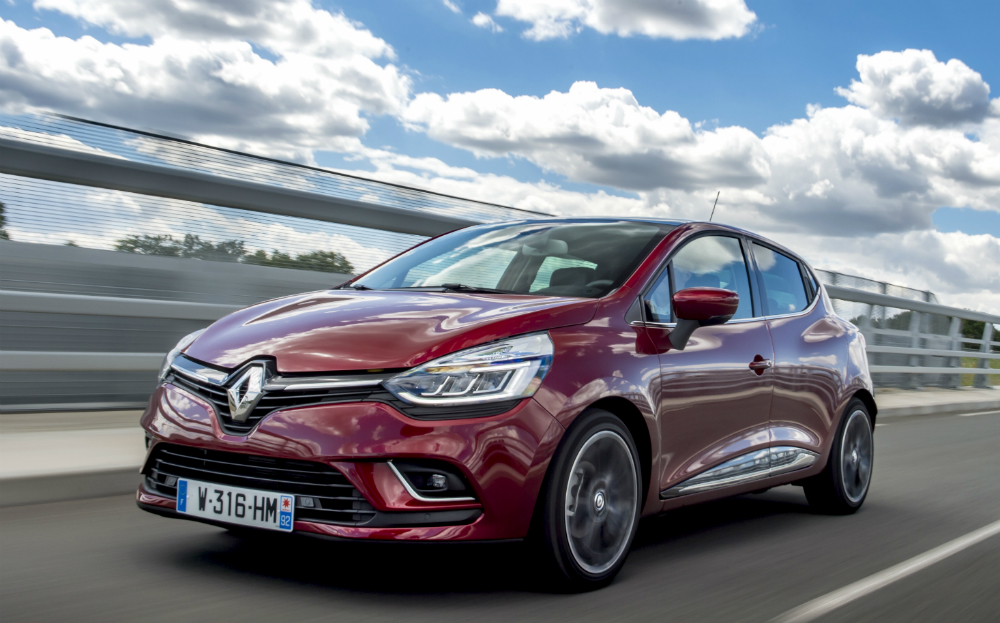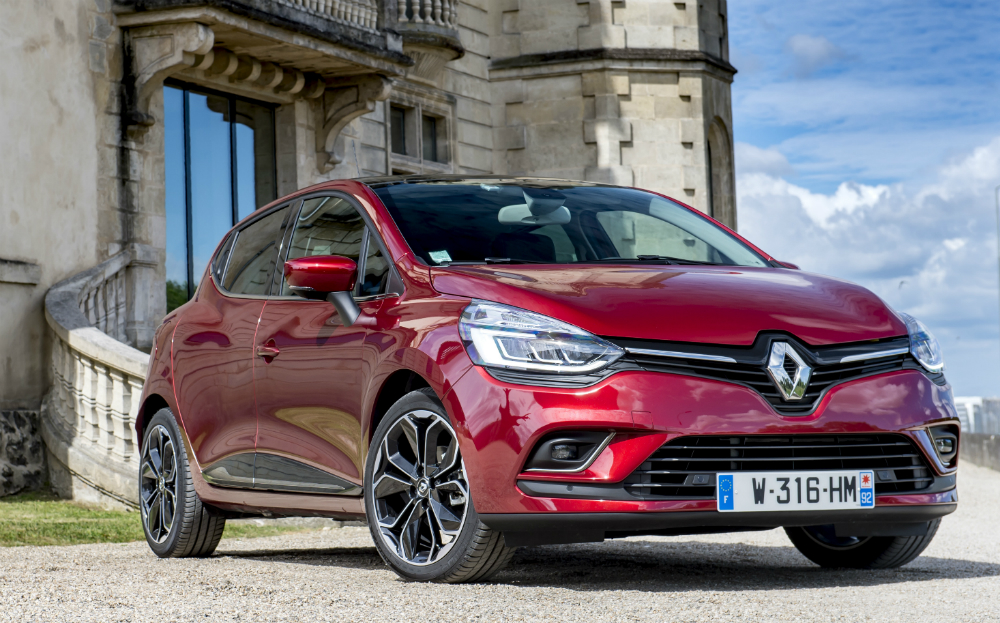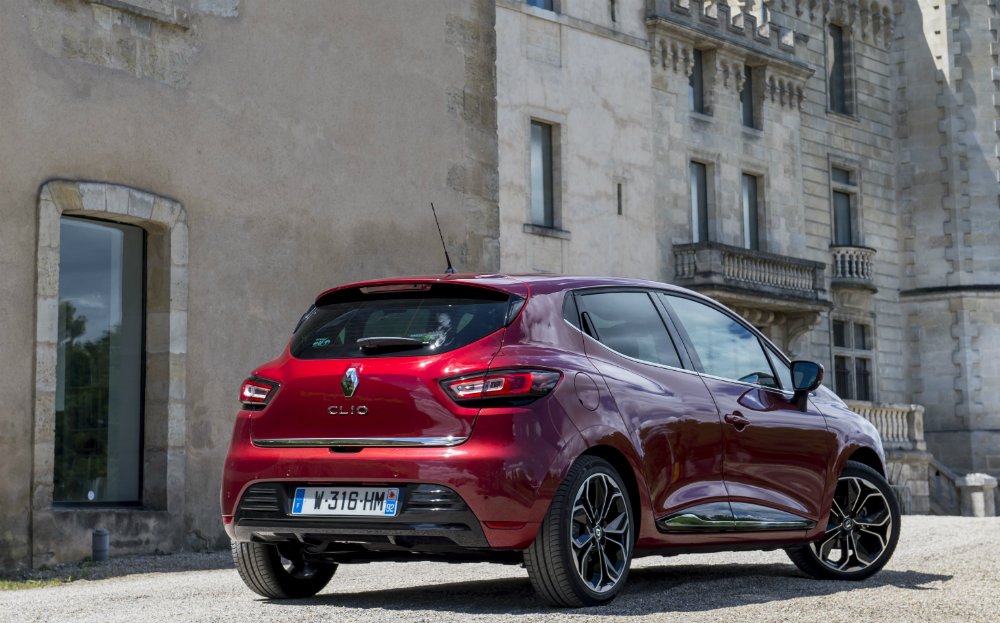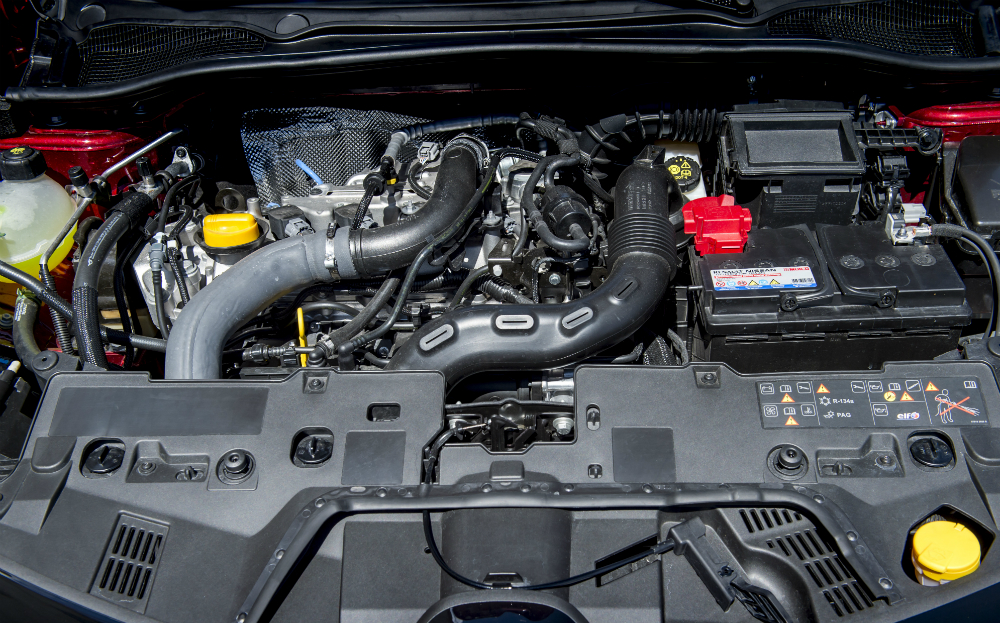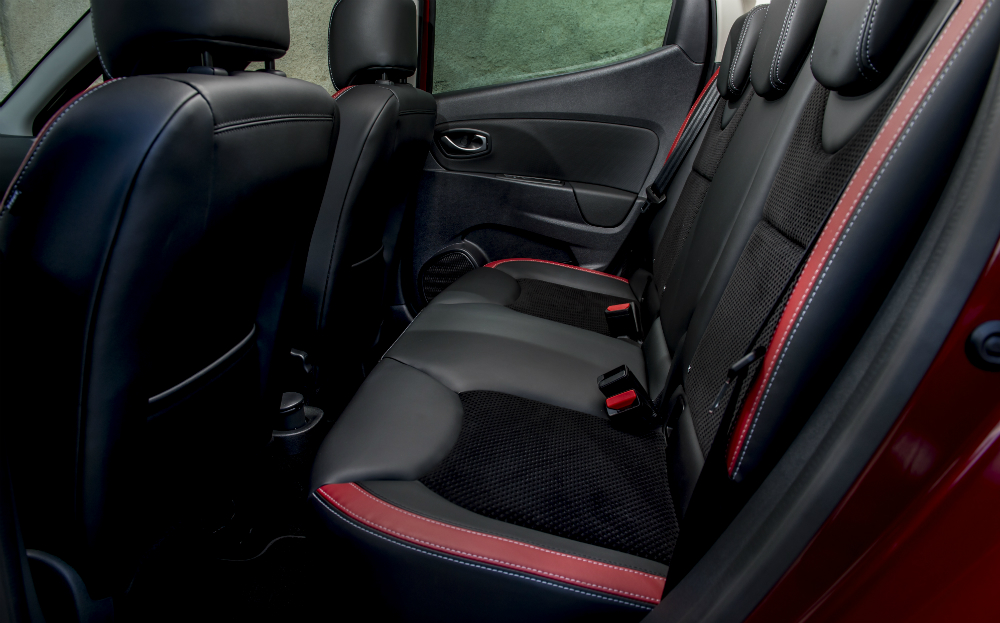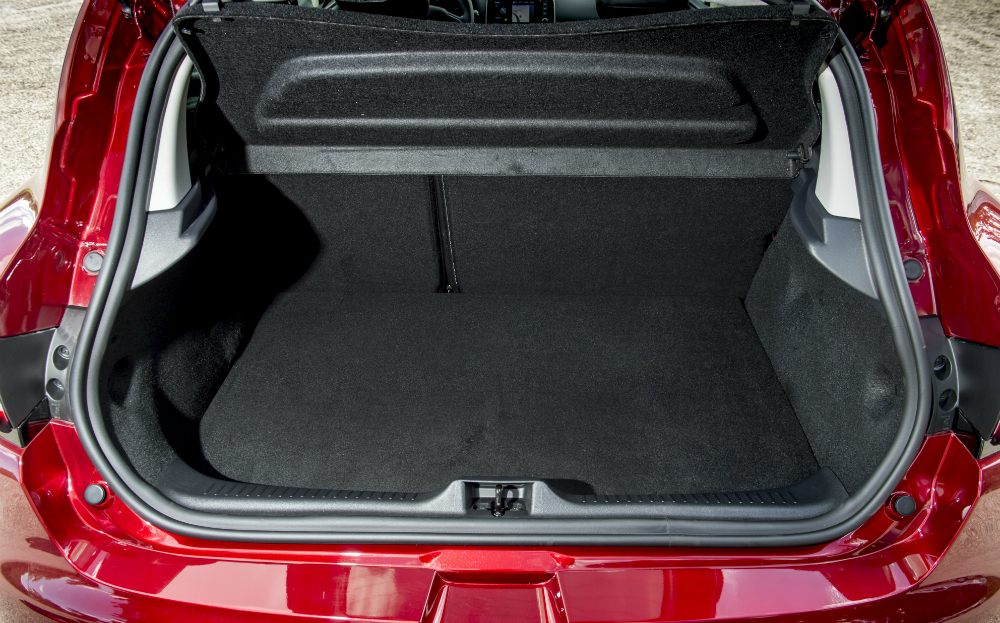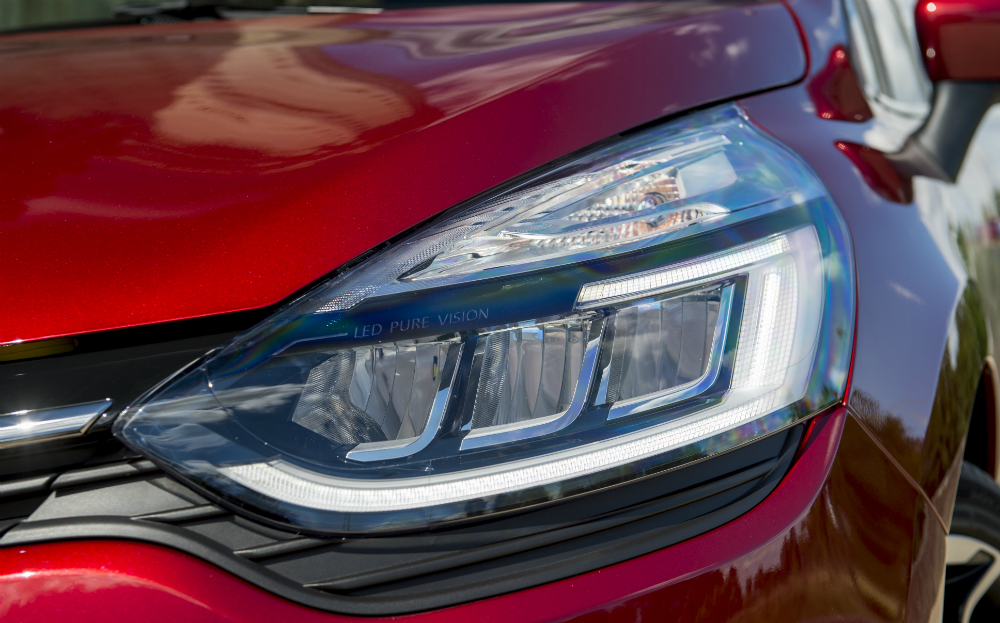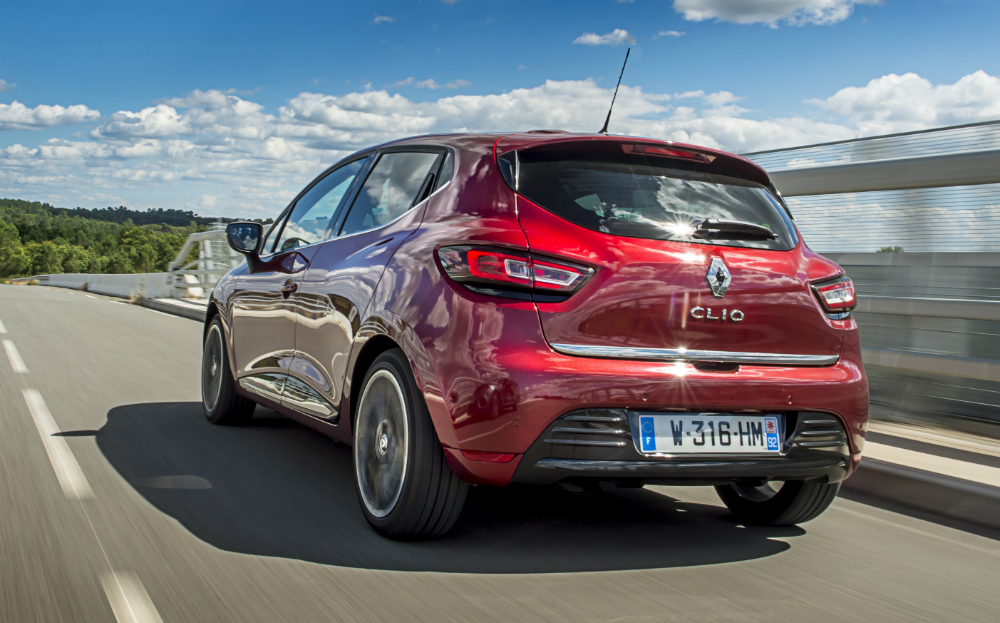2016 Renault Clio review
The tarte aux pommes of superminis
IT IS a picture postcard scene from France. The sun is rising over the rolling wine estates of Bordeaux. Farmers are tending their vines. Queues are forming outside the boulangeries. And Citroën 2CVs gently chug past, the roof rolled back and a box of freshly picked légumes perched on the passenger seat.
But no one really drives a 2CV in France any more. More than 8m were made, but most were consigned to the scrapheap long ago, along with berets and strings of onions worn as horticultural bling.
So what are the wheels du jour for a Frenchman or a mademoiselle about town? That would be the Renault Clio. Launched in 1991, the cuddly car that brought us those slightly creepy “Nicole et Papa” television adverts and the “Va Va Voom” slogan is now France’s bestselling car to date.
An impressive 13m have been sold, more than a million of them to British drivers. Who says we don’t see eye to eye with the French?
A victim, perhaps, of its own success, the Clio has a pack of rival superminis — the Audi A1, Citroën C4 Cactus, DS 3 and Ford Fiesta, among others — chasing it with the blinkered determination of a crowd of Pokémon Go players on the scent of Pikachu. So it has been treated to a mildly revitalising makeover.
Part of that makeover involves a facelift. Sometimes this process ruins the original design of a car. Like a pair of sandals with a pinstripe suit, it can spoil all the hard work that Gérard or Jean-Paul put in.
Happily, that’s not the case with the Clio. It has always been a good-looking car, and the slight changes now have subtly removed fine lines beginning to show, rather than wrenched its face back à la Joan Rivers.
Inside, the five-door hatchback feels more grown up. The designers have been given a bit more money to spend, so the plastics are better quality, the seats are smarter and more comfortable, the gearlever is snazzier and there is a smattering of extra equipment, including, predictably, smartphone connectivity and a posh Bose sound system as well as a hands-free self-parking program in high-spec models.
The 1.2-litre petrol Clio simply skips over bumps and potholes, whereas the diesel stomps around like a teenager who’s had his phone confiscated
But there are no revelations in here. Not unless you count a new armrest that doubles up as a storage compartment between the front seats. This is a comfortable cabin in which to pile on the miles, with a good driving position (in the left-hand-drive model we tested, at least), supportive front seats and a calmer, posher ambience than in, say, a Ford Fiesta or Vauxhall Corsa.
Some equally discreet tinkering has gone on beneath the bonnet. The engineers have decreed that the 1.2-litre TCe engine, a four-cylinder turbocharged unit with direct fuel injection, should be made available with a manual gearbox, rather than just the automatic transmission. Again, this seems inconsequential. Yet it’s actually jolly good news indeed.
As engines go, the 118bhp 1.2-litre TCe is a corker. It’s as silky as the best bottle of burgundy and pulls eagerly from low in the rev range. The gearchange of the six-speed box feels just as smooth, and together they give the little car a grown-up feel, powering it along the road in an effortless fashion and allowing you to slot comfortably into the fast-flowing traffic in the inside lane of the autoroute.
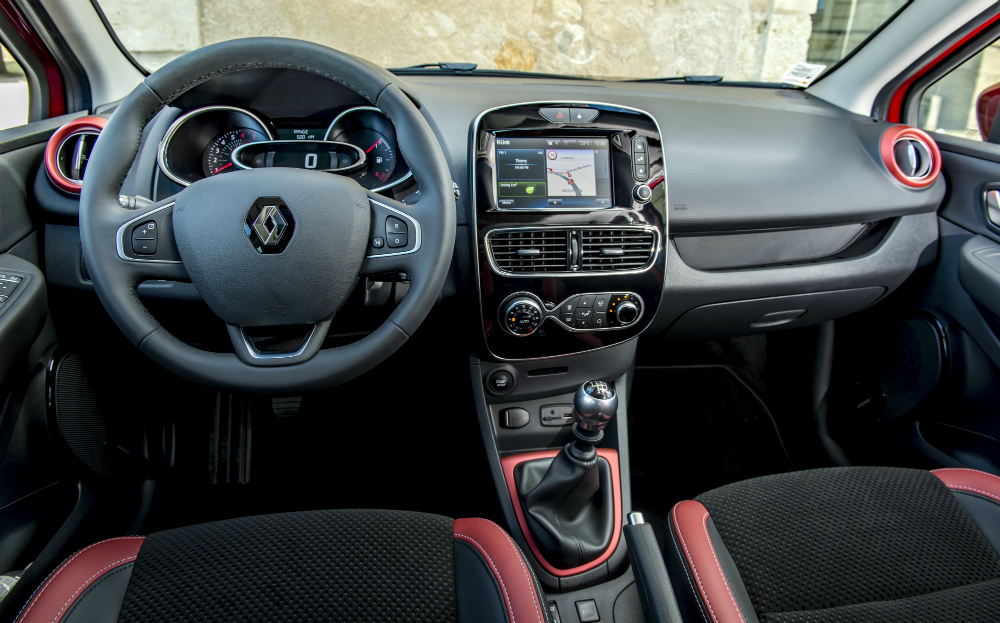
There’s more good news. Because it’s more than 100kg lighter than the 1.5-litre dCi 110 diesel unit, the petrol engine helps the Clio dance on tiptoes along a winding road. When there are lumps or potholes in the road, the front suspension simply skips over them, whereas the diesel stomps its way around the place like a teenager who’s just had his phone confiscated.
It doesn’t sip fuel like a miser (53mpg) or emit fairy dust from its exhaust pipe, but it does give the Clio a confident, big-car feel. It’s a shame, then, that this quiet, hard-working engine is available with only mid-level trims and upwards, with a starting price of £15,455.
Renault has also slotted the dCi 110 engine into the Clio range. It is said to achieve 80mpg and emit just 90g/km of CO2. However, after the petrol motor it felt noisy and gutless, which is curious as the diesel actually produces more shove low down in the rev range. Our money would go on the petrol model, unless you’re a company car driver and want to minimise your tax bills.
We were also given a five-lap taster of the Clio Renault Sport Nav 220 Trophy. This pretty much confirmed everything we already knew about the car. First, that’s it’s a little firecracker. Second, that it would be even better if Renault Sport were able to speed up the shift times of the flappy-paddle, dual-clutch gearbox and fit the car with a mechanical limited-slip differential.
Competitively priced against the Fiesta, easy on the eye and good to drive, the Clio appears to have matured nicely. Renault has not messed much with the ingredients of the recipe, but, as with tarte aux pommes, when you’ve created one of the most popular things known to man, why meddle with the formula?


